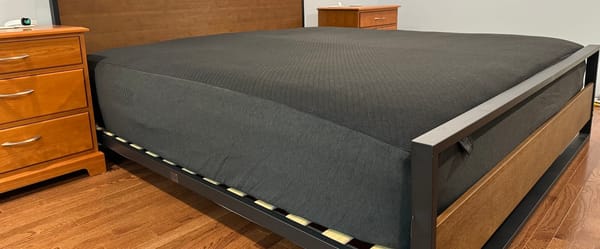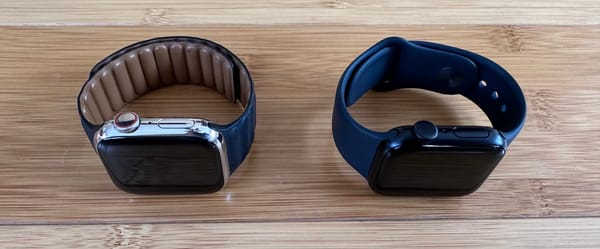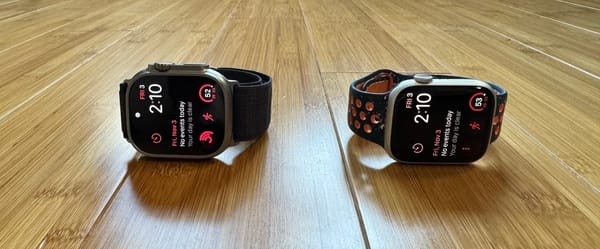Upright Go Review: A Frustrating Device That Fixes Your Posture

Most of my day is spent staring at my MacBook screen, so I have plenty of opportunities to slouch or get lazy when I sit.
Proper posture makes you look and feel more confident, and it’s important for your overall longterm health.
Upright Go is a device that sticks to your back with an adhesive strip and vibrates when you get sloppy with your posture.
Bottom line: If you struggle with your posture and want to improve it, Upright Go is a frictionless way to improve because it provides real-time feedback, fits everyone, tracks your progress, and it’s more comfortable than strap on posture correctors.
I don’t usually recommend products that annoy me, but Upright Go is great. Let me explain.
How it Works
- You stick Upright Go to your back with the adhesive strip.
- Then, you stand in a relaxed stance and tap the “set posture” button in the app.
- Once your posture is set, you can start a “training session.” Training sessions start out at ten minutes per day and increase each day.
- Once you’re training, the Upright Go vibrates when you hunch over for more than six seconds. Why is six seconds the standard? It leaves you plenty of leeway to perform normal movements so that you don’t have to act like a robot.
- There are three modes. The Stationary mode allows for two seconds of improper posture until it starts vibrating, Standard mode allows six seconds, and Active mode allows 15 seconds. I usually keep my Upright Go in Stationary mode to get almost immediate feedback when I get lazy.
- Once you’re done training, Upright Go switches to “tracking.” Tracking is a cool way to track your progress after you’ve trained, without bothering you with vibrations.
- Once you complete your first 20 days of training, it recommends you to train for 20 minutes 2-4 times per week.
Upload
-
Love
- The only way you’ll fix your posture is if you consistently practice by retraining your muscles. Upright eases you into it by recommending short training sessions to begin before training times gradually increases. The first training sessions are so quick that you feel guilty if you don’t do it.
- You don’t need to always wear it and you can share it with family members. After a couple of weeks of regular training, I started to catch myself when I was slouching even without the Upright Go on.
- It’s way more comfortable than a posture corrector. I found posture correctors to be uncomfortable even while sitting/standing properly.
- Posture correctors push your shoulders back and don’t allow for natural movements. With Upright Go, you’re allowed to move naturally. You shouldn’t have perfect posture at all times because you need to do things like bend to get something out of the drawer or tie your shoes.
- It auto-switches to tracking mode after you’ve trained for 20 minutes.
Hate
This device gets annoying! Eating dinner with it is brutal. It gets frustrating even when it’s properly reminding you to straighten up, but that’s the point.
- Keep your training sessions short yet consistent.
- Don’t put it on during dinner.
- You can pick your buzz noise. The “short” buzz is effective at letting you know, can’t be heard by others, and the least annoying.
- A typical posture brace is going to run you around $15, while Upright Go is $80, but it’s worth it for the comfort.
- Upright Go comes with nine adhesives. Each adhesive is supposed to last at least a week, but I could only get a few training sessions out of one adhesive. You can buy ten more for $10. They released a necklace, which looks a little goofy, but it’s a solid workaround.
- If it’s hot and you’re a sweaty person, Upright Go will fall off easily. Don’t wear it outside during the summer.
- If you go a while without using it (a month, in my experience), you have to completely reset it to get it to sync with your phone again.




